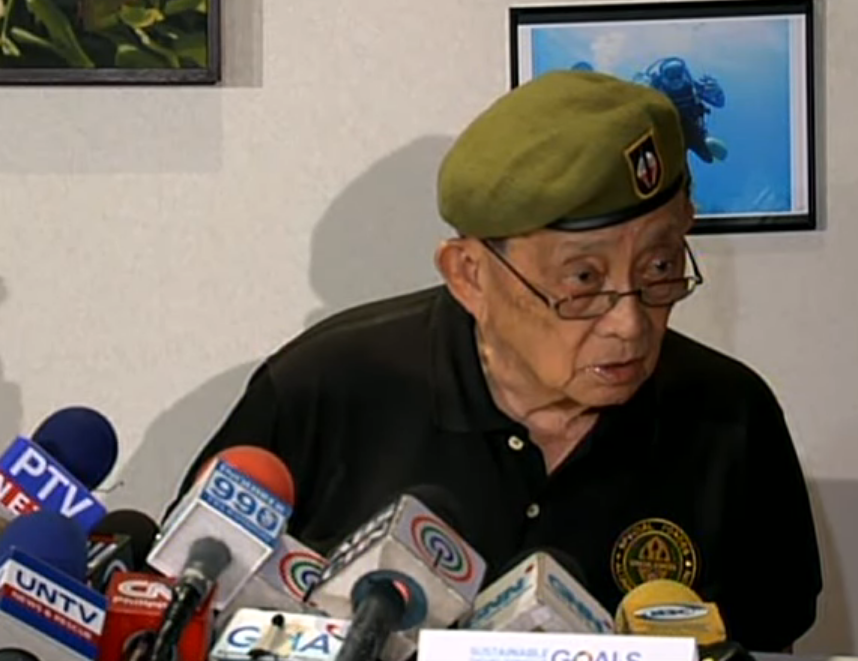

Their power and wealth have allowed them to rewrite the family’s story as one of persecution and recast the dictatorship as a time of relative peace and prosperity. And yet, within a system built in symbolic opposition to them, the Marcoses have thrived. The post-1986 political order in the Philippines was self-consciously framed as one of national revitalization after the dark years of martial law. The congressional seats and governorships of the Marcos’s native Ilocos Norte continue to rotate among the family.

Both children would later win nationwide races for Senate. Imelda won her own seat in 1995, as did her daughter Imee in 1998. Less than a year later, Imelda unsuccessfully ran for president, but Bongbong secured a seat in the House of Representatives. It started with the family’s 1991 return to the Philippines to face charges of corruption (the elder Marcos died in 1989). The election doesn’t change that any more than those of Rodrigo Duterte or Donald Trump did.īongbong’s rise to the presidency has been decades in the making. But the U.S.-Philippines alliance is vital to both nations’ security and prosperity, especially in the new era of competition with China. government, will greet the news of Ferdinand “Bongbong” Marcos Jr.’s victory with private chagrin. Many Americans, including inside the U.S. Thirty-six years later, they have elected the dictator’s son president.

When the family fled to exile in Hawaii, millions of Filipinos rejoiced. In between, the Marcos dictatorship imprisoned, tortured, and killed thousands, sent the economy into a tailspin, and oversaw a kleptocracy famously epitomized by First Lady Imelda’s collection of 3,000 pairs of shoes. He declared martial law in 1972 and was finally toppled by the People Power Revolution of 1986. The Return of the Marcoses and the U.S.-Philippines Allianceįerdinand Marcos was first elected president of the Philippines in 1965. Responding to Egregious Human Rights Abuses.Building Sustainable and Inclusive Democracy.Family Planning, Maternal and Child Health, and Immunizations.Energy, Climate Change, and Environmental Impacts.Weapons of Mass Destruction Proliferation.Defense Industry, Acquisition, and Innovation.

Intelligence, Surveillance, and Privacy.Military personnel cannot be used in surveillance or undercover operations, and they may not be used as informants, investigators, or interrogators unless the investigation is a joint military-civilian operation in which the military has an interest in the case's outcome. Although a climate of mutual aid has always existed between the military and civilian law enforcement and should continue to exist, Department of Defense personnel are limited in what they can do to enforce civil law. Martial law has been declared nine times since World War II and, in five instances, was designed to counter resistance to Federal desegregation decrees in the South. Nonetheless, within the bounds of court decisions, a military commander's authority under martial law is virtually unlimited. The power of martial law, once held to be nearly absolute, has limitations for example, civilians may not be tried by military tribunals as long as civilian courts are functional. Constitution makes no specific provision for the imposition of martial law, nearly every State has a constitutional provision authorizing the government to impose martial law. In the United States, martial law may be declared by proclamation of the President or a State governor, but such a formal proclamation is not necessary. Further, martial law suspends all existing laws, as well as civil authority and the ordinary administration of justice. Martial law is justified when civilian authority has ceased to function, is completely absent, or has become ineffective. When martial law is in effect, the military commander of an area or country has unlimited authority to make and enforce laws.


 0 kommentar(er)
0 kommentar(er)
